A Beginner’s Guide to Technical Language Translation
From aerospace and engineering to software development and medical research, technical language translation shapes how these businesses communicate with their customers and collaborate with partners in global markets.
Yet, many businesses find themselves struggling to get accurate and effective technical document translation that serves its purpose for their business and in their industry.
In this blog, we delve into the world of technical language translation: types of translation services that your business need and challenges you may face with your multilingual technical documents.
Table of Contents
- What is Technical Language Translation?
- Common Types of Technical Documents that Require Translation
- Process Documentation
- Product Documentation
- 3 Key Language Services in Technical Translation
- The Journey of Technical Language Translation: 5 Stages that Technical Documents Go Through
- Top 5 Challenges of Technical Language Translation
What Is Technical Language Translation?
Technical language translation is a specialized translation that conveys different types of technical industry-specific content from the language of the source material to another target language
As a highly specialized discipline, technical language translation demands language fluency, subject-matter expertise, and the use of advanced technology to ensure that the original text’s meaning and nuances are accurately, clearly, and effectively conveyed in other languages.
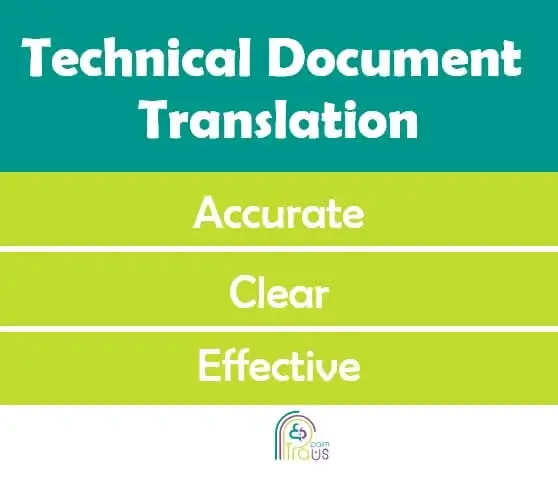
Common Types of Technical Content that Require Translation
No matter the size of your company or the industry you work in, multilingual technical documents hold significant importance in helping you go global.
In general, we can divide documents requiring technical translation services into 2 types: process and user documents.
1. Process Documentation
Process documentation is internal documents used to communicate the various stages of the development lifecycle, testing procedures, maintenance protocols, and strategies of systems or products.
This type of technical documents is intended to standardize and streamline processes, workflows, and guidelines to ensure product/service quality and operational efficiency.
These documents are typically used within the development team and by other relevant stakeholders, such as project managers, quality assurance personnel, and system administrators.
Examples of Process Documents
- Process Overview
- Phases or Steps
- Responsibilities and Roles
- Guidelines and Procedures
- Documentation and Reporting
- Testing and Quality Assurance
- Troubleshooting and Issue Resolution
- Health and Safety Measures
- Resource Management
- Compliance and Regulatory Requirements
- Continuous Improvement and Version Control
2. Product Documentation
Product documentation, on the other hand, outlines everything related to a product’s development, usage, and maintenance. created to provide end-users with the information they need to use the product effectively and safely.
These documents provide technical specifications of a product, step-by-step instructions, and detailed safety precautions to guide users.
These documents are typically intended for end-users to ensure they use the product effectively and safely and enhance customer experience and satisfaction.
Examples of Product Documents
- User Manuals
- Quick Start Guides
- Tutorials and Walkthroughs
- Troubleshooting and FAQs
- Online Help and Contextual Help
- Product Demos and Simulations
- Installation and Setup Guides
- Release Notes and Updates
- Regulatory and Safety Information
- Product Comparisons and Buying Guides
- Customer Support and Contact Information
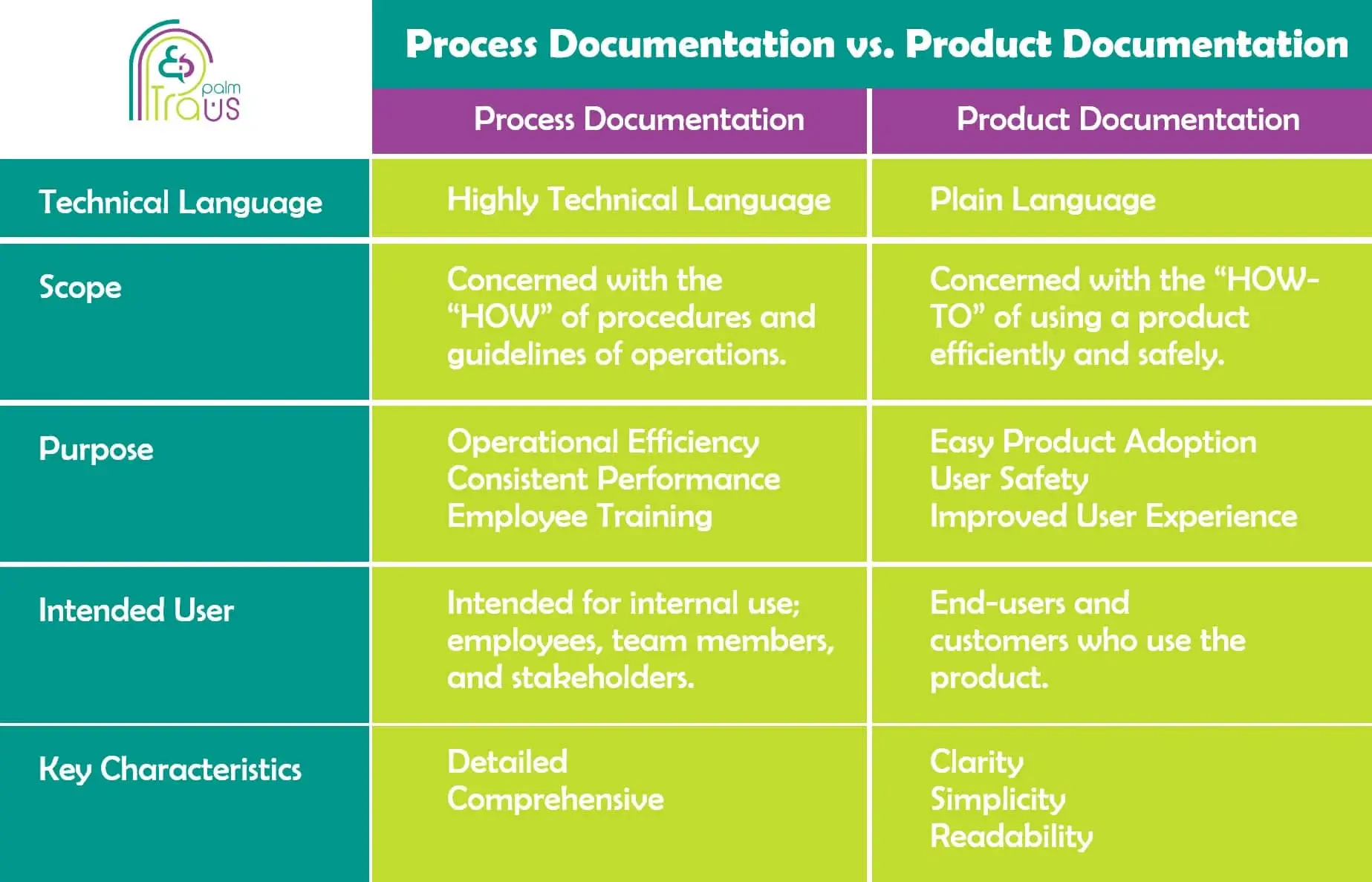
Process Documentation vs. Product Documentation
Now, imagine your new customers in Africa trying to use a product with manuals written in a language like German. The thing that requires a comprehensive translation process that considers not only the local language and cultural nuances but navigates the intricacies of your technical document itself.
3 Key Language Services in Technical Translation
If you think technical language translation is only a matter of language conversion of technical texts, think again.
Technical language translation requires a range of specialized translation services. Here are 3 essential translation services that you need for your technical content.
- Document Translation: This involves translating various technical documents, such as manuals, user guides, technical specifications, patents, research papers, and regulatory documents.
- Software Localization: This includes software applications, both web and mobile apps, websites, games, enterprise software, operating systems, eLearning platforms, medical systems and devices, financial systems, and more.
As a crucial part of technical language translation, software Localization involves translating all textual content of these software products. However, it mainly includes adapting UI/UX elements including design and layout, usability, menus, buttons, error messages, and more. - Desktop Publishing (DTP): Technical documents are usually rich with visual content, from images, charts, and tables to illustrations, diagrams, technical drawings, blueprints, and more.
- DTP handles the formatting, layout, and design of your technical content. It adapts all your visual content to accommodate the new language and its conventions, including text lengths and writing direction.
- DTP also ensures that the translated content blends seamlessly into the original layout while maintaining readability and visual coherence – and alignment with the standards of the target language and culture.
- DTP handles the formatting, layout, and design of your technical content. It adapts all your visual content to accommodate the new language and its conventions, including text lengths and writing direction.
The Journey of Technical Language Translation: 5 Stages that Technical Documents Go Through
The technical language translation process is a multifaceted and intricate undertaking that requires a meticulous approach and specialized expertise. It’s probably one of the reasons why you can’t just let anyone handle it for you.
It’s a comprehensive and intricate journey, encompassing several key stages:
1. Source Text Analysis
- Input: The original technical content in the source language.
- Process: Skilled translators meticulously analyze the source text to understand its context, nuances, and technical complexities.
- Output: A comprehensive grasp of the content’s intricacies, paving the way for a precise translation.
2. Terminology Preparation
- Input: A glossary built by the client, including the brand terminology and industry-specific jargon (preferably from previously translated documents)
- Process: Translators conduct in-depth research to find the most suitable equivalents in the target language, maintaining consistency and accuracy.
- Output: A curated glossary of specialized terms for consistent translation throughout the project.
3. Linguistic Adaptation (Translation, Editing, and Proofreading)
- Input: The source text alongside reference materials and terminology glossary.
- Process: Translators skillfully adapt the language to suit the target audience, ensuring cultural relevancy and readability without compromising technical accuracy. Different linguists conduct multiple reviews and proofreading rounds to maintain the utmost accuracy, precision, and consistency.
- Output: A polished translated version of the content that meets the highest industry quality standards.
4. Desktop Publishing (DTP)
- Input: The translated content and the original layout.
- Process: DTP specialists integrate the translated content into the original document, ensuring proper formatting, layout adjustments, and visual adaptation.
- Output: A translated document with a visually appealing layout and design, aligned with the original document’s format.
5. Quality Assurance
- Input: The final translated document ready for robust quality control tests.
- Process: A team of qualified linguists and QA specialists performs thorough QA tests, including linguistic and cultural testing, technical validation, and visual testing.
- Output: A professional translation that meets the highest translation quality, maintains the integrity of the original content, and adheres to the client’s specifications.
5 Challenges to Consider in Technical Language Translation
Mistranslation, misinterpretation, inaccuracies, and ambiguities can all lead to miscommunication.
But the implications of poor technical translation quality can be far-reaching. the best-case scenario your business may miss out on growth opportunities. The worst-case scenario, however, can be more severe with product recalls, non-compliance, and financial and legal repercussions.
However, understanding the intricacies and complexities of this type of translation helps inform your technical translation process.
And to overcome them, you need the efforts of language professionals and subject-matter experts who boast specialized industry knowledge.
This doesn’t mean that the complexities of the translation of these types of documents completely vanish; it only means that these people are the most capable and equipped to navigate these challenges and ensure precise technical language translation.
Here are the top 5 technical language translation challenges.
1. Content Accuracy
This makes the first on the list of challenges due to the sophisticated technical language.
Its complexity stems from its specialized nature specific to the industry in question and its unique domain-specific terminology as well as intricate, abstract, contextual-bound concepts.
Moreover, technical language evolves rapidly, with new discoveries and technologies emerging, and accordingly new terms and concepts.
This can make an accurate technical language translation a significant challenge.
If not handled by professionals, these translation mistakes arise
- Ambiguity and Misinterpretation: Misinterpreting context or using vague terms and phrases can lead to unclear instructions or safety hazards.
- Literal Translation: A common misconception is that technical translation is a literal translation in essence. However, this can result in awkward and unnatural-sounding sentences.
- Terminology Inaccuracy and Inconsistency: Incorrect translation of technical terms can confuse your audience. And so can terminology inconsistency. In fact, failing to maintain consistency across your documents or within a single document compromises the credibility of the information.
For that, you don’t just need highly qualified language professionals but subject-matter experts (SMEs) who are well-versed in your technical field and can skillfully navigate terminology challenges.
Additionally, access to translation technology and tools including CAT tools, translation memories, and terminology management system is essential to help translators use the correct terminology equivalents consistently.
2. Contextual and Cultural Nuances
Misinterpretation can occur when translating technical content without a thorough understanding of its context.
Given that some technical terminology may have different meanings depending on the context in which they are used, technical translators may have difficulty understanding the content’s purpose.
Meanings of Different Technical Terms in Different Contexts
Script | Computer Programming: | Arts: |
RAM | Computers: | Engineering: |
With limited to no contextual understanding, machine translation would be your worst enemy here.
Additionally, translators need to be culturally sensitive to strike a balance between accurately conveying technical information and ensuring that the content is culturally appropriate and relevant to the target audience’s norms and standards.
This is most evident in the use of the correct units of measurement. The UK, for instance, uses inch. In Japan, it’s used in electronic parts, especially display screens. The other parts of the world typically use the metric system.
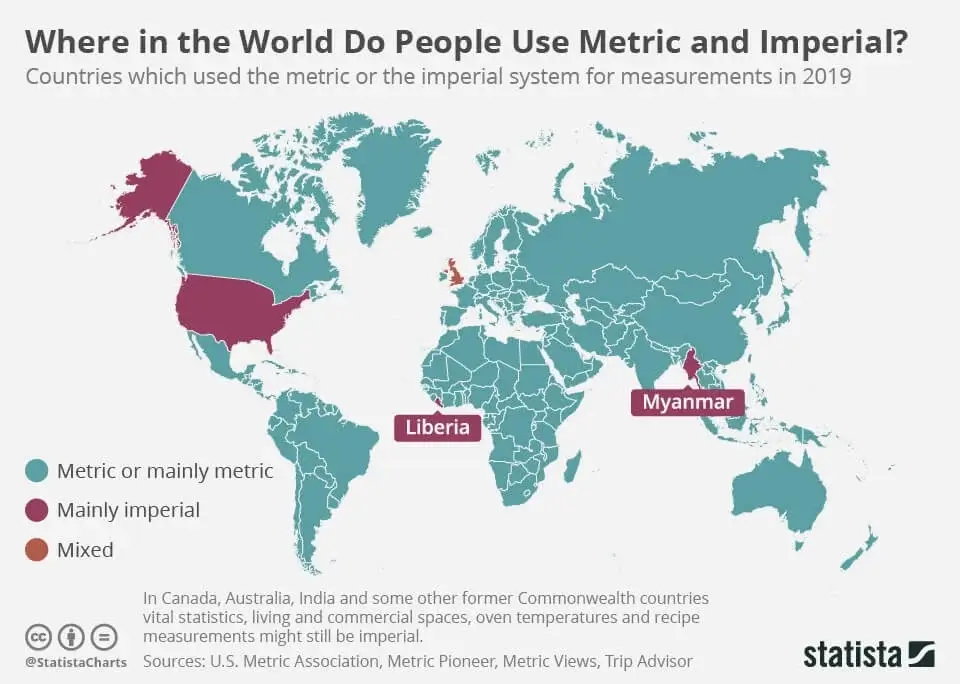
3. Time Constraints
Technical language translation can be time-consuming, especially for lengthy and intricate documents.
Businesses need to commit to their technical documentation submission to regulatory bodies or product time-to-market releases. Consequently, translators often face the pressure of meeting tight deadlines while maintaining the quality and accuracy of the translated content.
However, for this particular challenge, you need the support of a technical translation agency. They are most qualified to give you access to a large network of specialized translators and linguists as well as advanced technologies and translation tools.
This doesn’t only streamline and speed up the translation process, but most importantly gives complete peace of mind that you get high-quality translation.
4. Regulatory Compliance
Regulatory requirements across different industries vary significantly from one country to another. This requires that you collaborate with translation teams that have in-depth knowledge of the regulatory and legal frameworks of both the source and target languages’ countries.
What’s more, these regulatory requirements frequently undergo updates and amendments. If those in charge of your technical language translation project aren’t updated with these changes, this hinders your technical document validation against the country’s regulatory standards.
5. Quality Assurance
Reviewers with domain-specific expertise are difficult to find, and coordinating different teams of linguists, translators, designers, and others further complicates the task.
Balancing thorough quality assurance with seamless operations and cost efficiency becomes crucial and challenging. Eventually, you will need deep knowledge, effective communication, and technology integration to do it right.
TransPalm Translation Services: Technical Language Translation
To overcome the technical language translation challenges, your optimum solution is to partner with an agency that offers you comprehensive language solutions and, surely, can cover all your needs. That’s why TransPalm should be your choice.
At TransPalm, we provide a full range of technical language translation services, powered by the right teams and technology. We have a multidisciplinary team of subject-matter experts, cultural advisors, designers, localization engineers, DTP, quality assurance, and project managers.
With more than a decade of experience, we’ve completed thousands of technical translation projects worldwide, covering our clients’ language needs in more than 120 languages. Moreover, we are an ISO-certified agency committed to adhering to the highest quality standards.
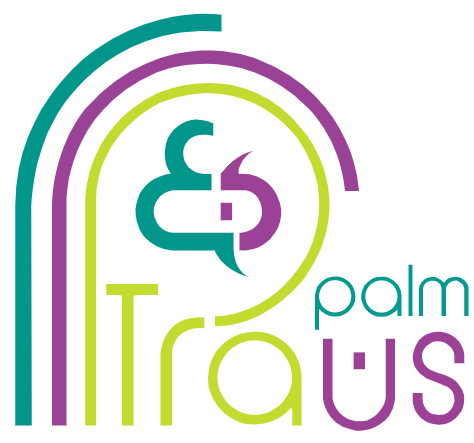

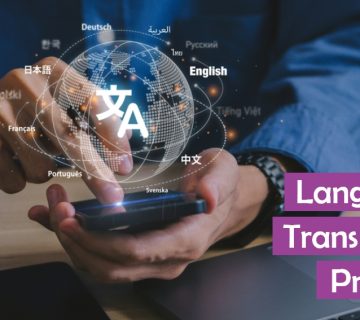
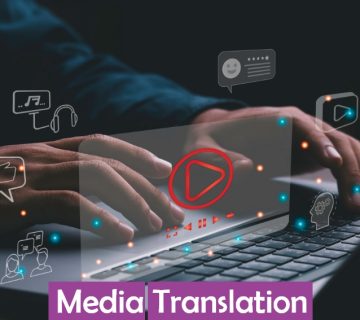

No comment